Peter Gleick: State Needs More Water Storage – Underfoot
The massive rains over the past month are both a blessing and a curse for California. A blessing because we desperately need the water, having just weathered a serious multi-year drought. A curse because the intensity of rain causes serious problems with flooding, erosion, landslides and contamination with pollutants from the land. And the intensity of the rainfall causes another problem: Much of the excess water runs off in ways that do not help natural ecosystems or provide long-term benefits to our cities and farms.
Extreme weather is one reason we’ve built so much reservoir storage in California – to help us limit the damage from flood events and to store water we get in winter for use in dry periods. And California’s massive reservoir capacity has brought great benefits, although it has also disrupted natural ecosystems, destroyed or harmed fish populations, encouraged inappropriate development in floodplains, and altered almost all of our natural river systems and deltas beyond recognition.
So, we need more storage. But we do not need more surface storage. The era of big new dams in California is over – indeed, it ended decades ago. While it is possible that surface storage advocates could succeed in finding places and money for one or two more dams, these dams will not solve our water problems.
The good news is there is another, far better alternative: Intentional and coordinated groundwater recharge. The largest unused storage reservoirs available in California are the massive groundwater aquifers that we over-pump in dry years. These aquifers can be intentionally recharged in wet years, but we don’t do that now, with few exceptions. Indeed, on net, we are over-pumping groundwater, drawing down our water bank account. This is unsustainable.
Every single major watershed in California should have a coordinated program to intentionally capture flood flows and recharge groundwater aquifers. Some innovative water districts, such as the Alta Irrigation District on the east side of the San Joaquin Valley, have been doing this for decades and are expanding their efforts.
In wet periods, they spread excess water in small recharge ponds scattered throughout the district and refills their groundwater. In dry periods, when surface flows are inadequate, they pump groundwater out to supplement supplies. Done right, this is a sustainable, brilliant water-management tool.
It is time for the state of California, and every local watershed and water district, to accelerate efforts to intentionally manage groundwater withdrawals and recharge. This will require, at last, comprehensive statewide groundwater law. And the only way this will work is for the state of California to intentionally monitor, measure and report on all groundwater uses. Without this fundamental tool, it is too easy for uncontrolled groundwater pumping to destroy the public common resource that we desperately need to help us through dry years.
So bring on more water storage – but the kind we have beneath our feet.
Peter Gleick


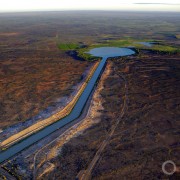
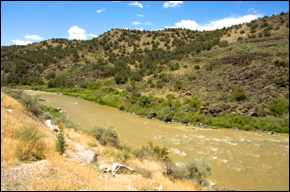
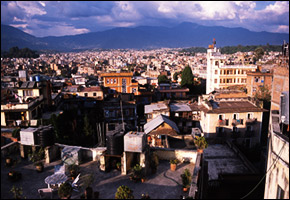
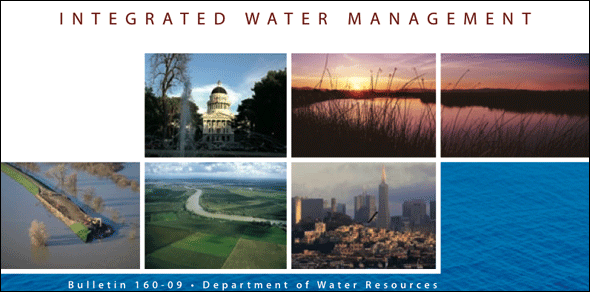



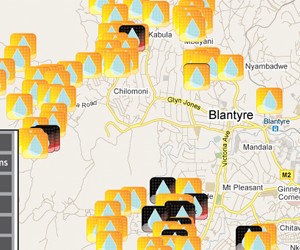
Artificial recharge systems (either through special wells or surface basins) for storing water below ground during times of abundance, e.g., wet season, for use in times of water shortages make great sense.
As you wrote in your article, irrigation districts in California have been perfecting this water management strategy for decades, but more can be done and its use needs to be expanded. Stockton East Water District has an interesting program of making water recharge a “crop” for farmers, for more info see http://www.farmingtonprogram.org/.
Thanks for this interesting article.
Don’t be fooled by Peter Gleick’s praise for Alta Irrigation District’s groundwater management program. They accomplished it without the onerous regulations he suggests at the end of his piece. He knows that, but uses Alta as an excuse to call for more regulations that would strip farmers of the flexibility and control they currently have over irrigation practices. That means more state control and higher production costs. If Alta and other irrigation districts throughout the state can achieve what they did without heavy-handed mandates then others would also be able to with the right incentives, not more environmental regulations like Gleick wants.
Mike Wade
California Farm Water Coalition
I see 18 water recharge sites listed in California. Both forced injection and percolation have their own dimensions that define the scope and scale of potential for underground water storage in aquifers. See http://www.waterplan.water.ca.gov/docs/cwpu2009/0310final/v2c25_rechgprotect_cwp2009.pdf my suggestion is for the regions to incorporate desal and aquifer storage in regional plans.
Click on the image to be taken to Aquafornias new slide show on Californias State Water Project.. the newsfeed of the today published an educational side show on the history of the For those who wonder just how big a challenge to keep California hydrated Governor Jerry Brown inherited on November 2nd click to learn about the massive water-moving endeavor that his father Governor Pat Brown began in the 1950s..The beginning of the slide show is straight up California heraldry.